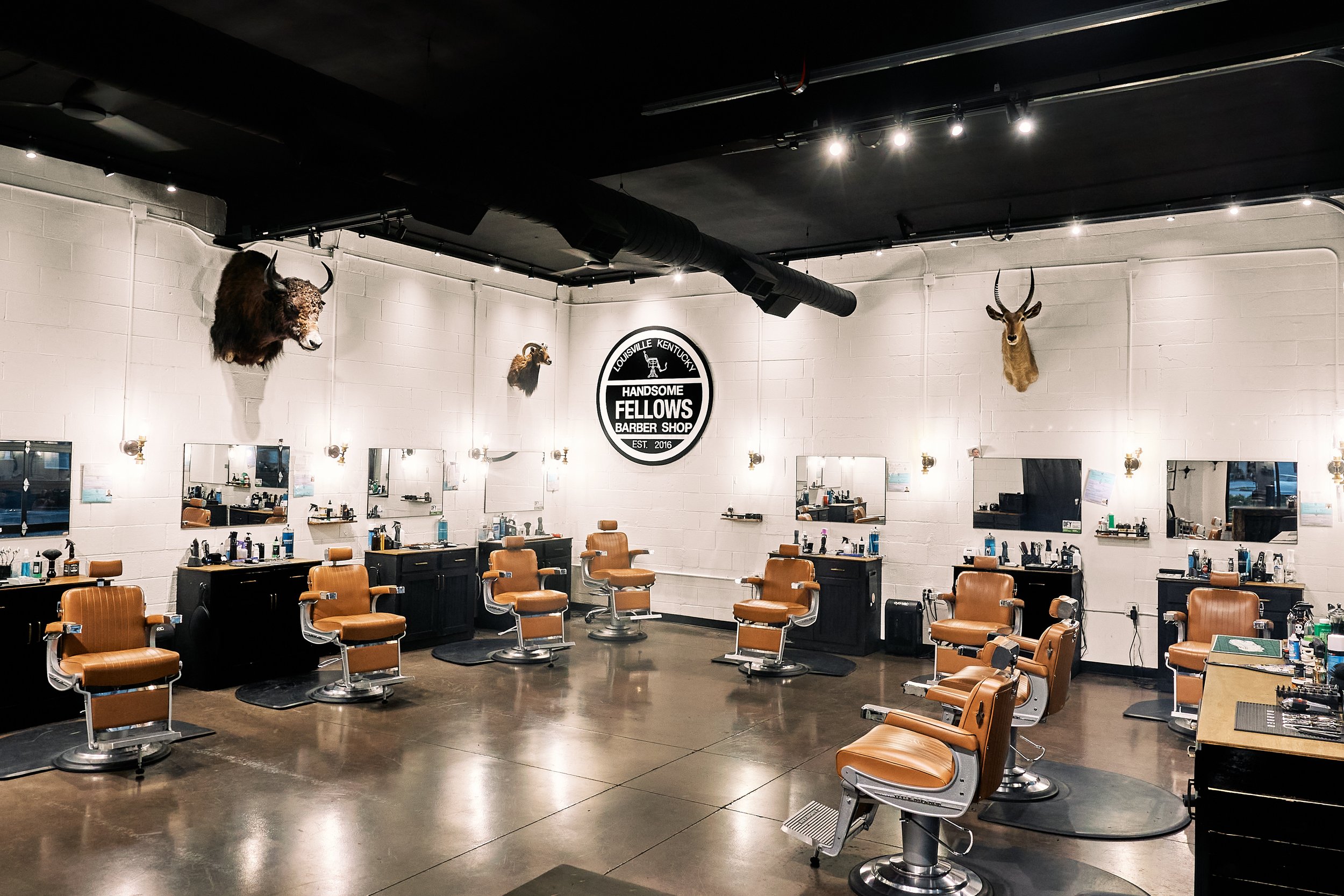Crucial Sanitation Practices Every Hairdresser Should Steer Clear of for Maximum Client Safety
Crucial Sanitation Practices Every Hairdresser Should Steer Clear of for Maximum Client Safety
Blog Article
Maintaining adequate sanitation remains crucial in all profession that entails direct contact among clients, particularly within the barber industry. Hairdressers play an important part in helping people look and become their finest, but this duty comes with the necessity for strict sanitary practices. In the interest of the safety of customers and barbers alike, there are numerous essential sanitary practices that should be prevented. Understanding these practices may help ensure a sanitary and secure environment in barber shops.
One of the most common hygiene mistakes stylists should prevent is the recycling of individual styling tools without proper sanitation. Tools such as shears, trimmers, and brushes can harbor bacteria and viruses if they are not sterilized after every application. Stylists should consistently sanitize their instruments with appropriate solutions or wipes between clients. Neglecting to do so might result to the spread of infections, which can have serious implications for customers. Creating a routine for cleaning and sanitizing instruments is not just a best protocol; it is a vital part of maintaining a secure operational environment.
Another practice to avoid is overlooking to clean one's hands consistently. Stylists engage with multiple clients in a single-day shift, and their skin can easily pick up germs and viruses. It is crucial for stylists to wash their hands thoroughly with detergent and liquid prior to and after each client. Additionally, using skin disinfectant can be an efficient way to further minimize the spread of germs. Neglecting this process can compromise client safety and may result in diseases or ailments that could have been easily prevented.
Adequate sanitation of the barbershop setting is also vital. Barbers should avoid ignoring surfaces that are frequently touched, such as seats, work surfaces, and lounge area chairs. These areas should be disinfected and sanitized regularly to minimize the risk of cross-contamination. Creating a cleaning routine can assist look at this website stylists copyright a sanitary setting. This protocol not only safeguards clients but also enhances the general atmosphere, making customers feel more at ease and appreciated.
Additionally, barbers should avoid using products that have not been stored or managed correctly. Cosmetic items such as gels, sprays, and oils can turn tainted if they are kept open or improperly stored. It is crucial for stylists to examine expiration dates and to store products in a chilly, arid environment. Discarding any outdated or suspicious items is vital to guarantee client safety. Using tainted items can lead to skin irritations or hypersensitivity responses, which can tarnish a barber's reputation and harm customers.
In, barbers have a duty to maintain high levels of sanitation to ensure the safety and health of their customers. By avoiding the reuse of unsanitized instruments, overlooking handwashing, overlooking surrounding sanitation, and using improperly kept items, barbers can create a secure and inviting atmosphere. Recognizing and applying these essential hygiene protocols not only protects clients from diseases but also cultivates trust and loyalty. A sanitary barbershop is click to find out more a thriving barber shop, where both barbers and customers can feel confident and secure.